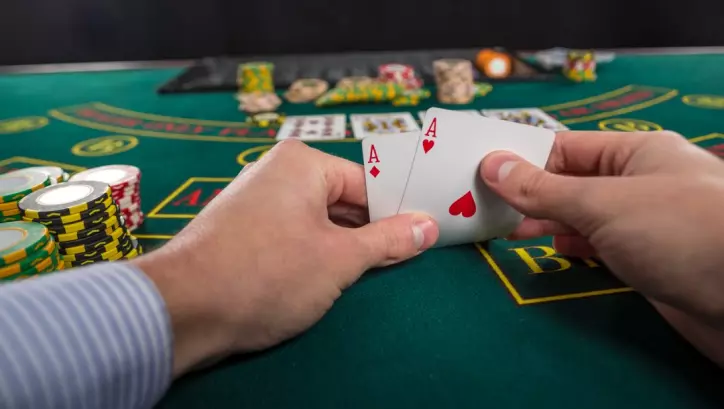Poker has seen a dramatic surge in popularity over recent years, and although many books can teach you the rules of the game, few delve into enhancing your strategic thinking. A seminal work in elevating poker intellect is “No Limit Hold’em: Theory and Practice” by David Sklansky and Ed Miller, a vital guide for mastering successful Texas hold’em strategies.
Continue reading to explore the concept of multi-level thinking and how it has revolutionized poker players’ approach, whether in live or online formats.
What is Multi-Level Thinking?
At its essence, multi-level thinking refers to the recognition that varying levels of thought apply to specific areas or activities, with advanced levels correlating with higher success rates. This principle is applicable in various fields, such as business, science, and notably in poker.
David Sklansky and Ed Miller introduced this notion to the broader public in their book, “No Limit Hold’em: Theory and Practice.” They argue that multi-level thinking distinguishes professional players from amateurs, separating those who consistently win at higher stakes from those who do not.
In detail, multi-level thinking involves considering the cards’ potential in the game, where higher levels of thought improve your ability to anticipate future challenges. Mastering the most advanced level of thinking allows you to ‘read’ other players’ hands by estimating their range of possible hands. Therefore, whether you’re new to poker or looking to enhance your skills, adopting multi-level thinking is crucial for improvement.
The Different Levels of Thinking in Poker
Sklansky and Miller categorize the levels of thinking into six distinct stages:
Level Zero
The most basic level, Level 0, involves understanding the fundamental rules of the game. At this stage, players are aware of their own cards and the direct outcomes they can produce, leading to straightforward decision-making. This level is described as rudimentary thinking by the authors.
Level One

At Level One, your analysis of the game broadens as you begin to estimate what cards your opponent might hold, though your approach remains fairly straightforward. For instance, if an opponent raises, you might deduce they have strong cards. However, this level of thinking is still considered basic by the authors, as decisions are generally binary.
Level Two
At this level, you start to consider what your opponent might think about your hand. If your opponent is focused on winning, their decisions will reflect not just the cards they hold but what they believe you hold. For example, if you go all-in with three hearts showing on the flop, your opponent might conclude you’re aiming for a flush. This marks the beginning of more complex thought processes and is typical among more advanced players.
Level Three
Here, the complexity increases as you think about what your opponent believes you think they have. To put it simply, you are considering your opponent’s perspective on your thoughts regarding their hand. As Sklansky and Miller explain, this third level involves interpreting how your opponent might expect you to react to their actions.
Level Four
At this stage, your strategic thinking deepens further: you consider what your opponent thinks about what you think they think you might have. In simpler terms, you’re analyzing your opponent’s assumptions about your thoughts on their perception of your hand.
Mastering Poker Thinking for Success
While these levels of thinking might seem bewildering, you can simplify the process by adjusting your thought level to match how your opponent plays. For instance, if your opponent seems to operate at Level Zero, utilizing Level One thinking can give you a competitive edge.
However, it’s crucial to not overthink beyond one level above your opponent’s thinking, as doing so can be counterproductive. Assuming your opponent is considering factors they are not can lead you to make misguided decisions based on inaccurate assumptions, leading to poor outcomes.
Generally, higher levels of thinking are necessary against skilled players, while lower levels are sufficient to win against less experienced or average players.
This strategic thinking is essential whether you’re learning to play poker online or in face-to-face games.


